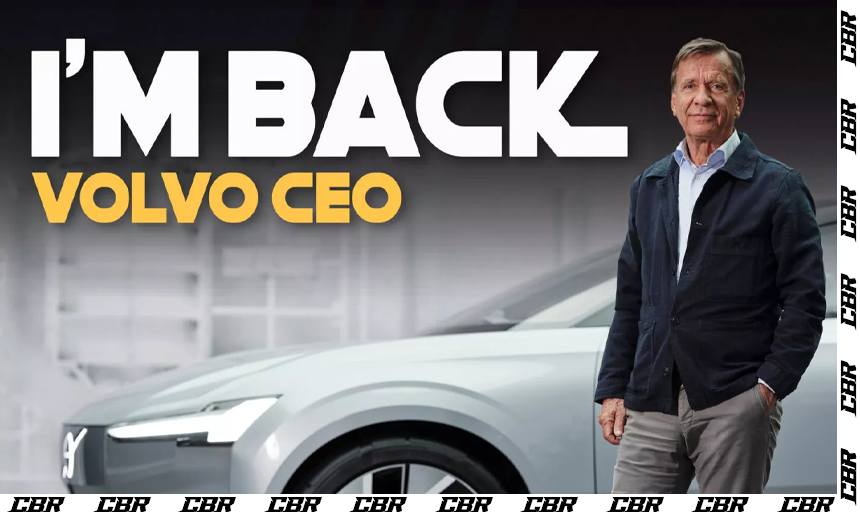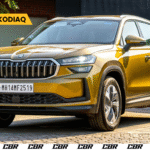Håkan Samuelsson, Volvo’s former CEO (2012–2022), is returning to his previous role. He replaces Jim Rowan, who departs from the Volvo Cars Board on March 31, 2025. Samuelsson’s renewed appointment begins on April 1, 2025, and is set for a two-year duration while the company seeks a long-term successor, aiming for stability during this interim period.

Strategic Context:
Volvo’s decision to bring back Samuelsson signals urgency amidst industry-wide disruptions. While the automaker isn’t facing existential threats like Nissan, it still views Samuelsson’s appointment as necessary given significant technological shifts, rising geopolitical complexities, and fierce global competition.
Samuelsson’s Profile:
Volvo’s board highlights Samuelsson’s extensive industrial experience, deep understanding of Volvo’s inner workings, and proven ability to perform under pressure. These attributes are critical as the company navigates the present industry turbulence.
Shift in EV Strategy:
Volvo, under Chinese automaker Geely’s ownership, has modified its original commitment to transition exclusively to electric vehicles by 2030. Now, it plans to keep producing internal combustion models with electrified variants alongside a growing electric lineup. This pragmatic strategy acknowledges a slower-than-expected market transition towards full electrification.
Comments from Volvo Leadership:
Chairperson Eric Li warmly welcomed Samuelsson’s return, crediting him for a previous transformative decade marked by brand revitalization, expansion into new markets, and a successful IPO. Samuelsson himself expressed readiness for this challenge, emphasizing his awareness of the pressures facing the automotive industry and his eagerness to bolster Volvo’s competitive edge, market responsiveness, and strategic execution.
Tribute to Outgoing CEO:
Eric Li thanked Jim Rowan for his leadership over the past three years, acknowledging Rowan’s vital role in transitioning Volvo towards software-driven and connected vehicle offerings. Rowan’s digital-first strategy significantly strengthened the company’s technological foundations. Rowan, exiting his role effective March 31, shared his gratitude, noting pride in Volvo’s achievements in brand growth, innovation, and safety advancements, wishing the company continued success.
Also Read: Nissan Micra EV & New Leaf Revealed 598km Range & Stunning Upgrades
Recent Company Performance:
Volvo is in robust financial health, recording exceptional results in 2024—selling 763,389 vehicles and achieving record revenues and operating profits in its 98-year history. Nevertheless, the company labels 2025 as a “year of transition,” preparing strategically to face ongoing uncertainties in the evolving automotive industry landscape.
Conclusion
Volvo’s decision to bring back Håkan Samuelsson underscores both the urgency and complexity facing the automotive industry today. With a proven leader at the helm, Volvo aims to stabilize its operations, navigate strategic shifts, and prepare carefully for future leadership—all while recalibrating its ambitions in an industry that’s increasingly unpredictable. While the next two years present significant challenges, Samuelsson’s return symbolizes Volvo’s commitment to pragmatism, adaptability, and resilience as it continues to evolve, innovate, and compete on the global automotive stage.








